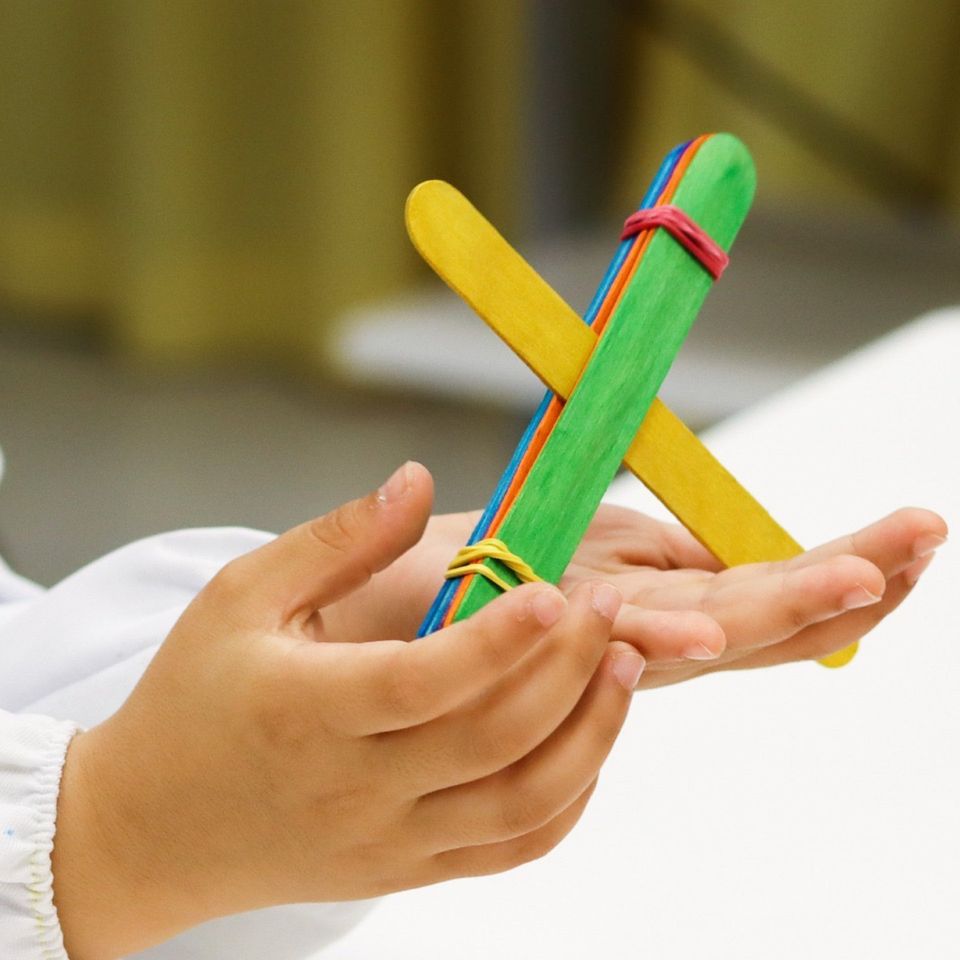
It is no doubt that art has positive effects on human minds at any age. Art has been brought into many scenes of our daily lives including education and therapy. Art takes a form of drawing, acting, dancing or even writing, and is known to boost happiness through these various kinds of creative expressions. People who enjoy art intuitively understand the benefit of pursuing art, but what does science say about this?
Art is a key activity to productive and positive brain function. Many researches have found scientific evidence of how the act of art — whether performed proactively or passively — has a great impact on the brain. Exposure to art has a huge effect on neurotransmitters that are crucial to send signals to our mind and bodies which determines our actions and behaviors. Results have been shown that pursuing art increases serotonin levels, which helps in reducing stress. Art can change a person’s perspective and the way they experience the world in a positive way. Naturally, art education impacts overall achievement in both social and emotional development. Research has proven how art helps develop neural systems that produce a broad spectrum of benefits ranging from fine motor skills to creativity and improved emotional balance. Art is not only a fun activity to do, rather a fundamental pursuit one can take on.
Artistic self-expression contributes to building one’s positive identity. While there are many types of art one can perform, a number of studies have shown that writing — expressive writing, in particular, which requires the writer to narrate an experience and explain what affects it had on him/her — can help people to process through trauma and manage negative emotions. Just like visual expression, this type of writing allows people to understand and accept negative events that cannot be changed and integrate them as their own life’s story, creating meaning for these events that were traumatizing — such as a serious medical diagnosis, a loved one’s death, or a violent experience.
As the breadth of the recent pandemic became apparent, we see young people feeling bored, frustrated and confused in coping with the new norm. As the way of communicating and interacting have changed during this period of quarantine, especially those in their teens are now experiencing isolation and a strong sense of fear. Both creating or consuming art can be good time consuming activities that people can do while locked down. Through creativity and imagination, we find our identity and our reservoir of healing. The more we understand the relationship between creative expression and healing, the more we will discover the healing power of the arts. We encourage people to be creative even at home during this tough time. Take out your pen — or laptop — and see where art takes you.



